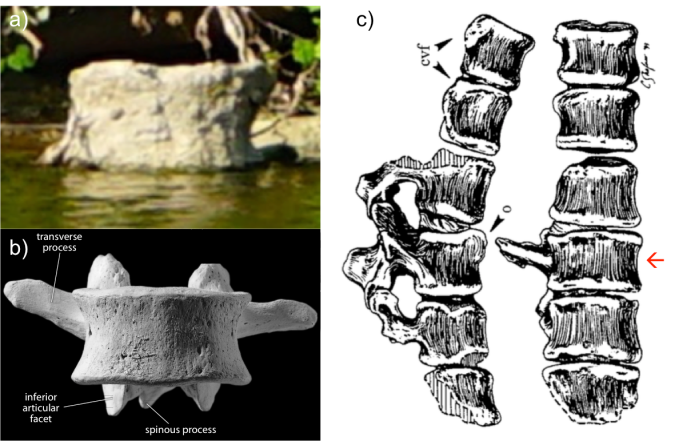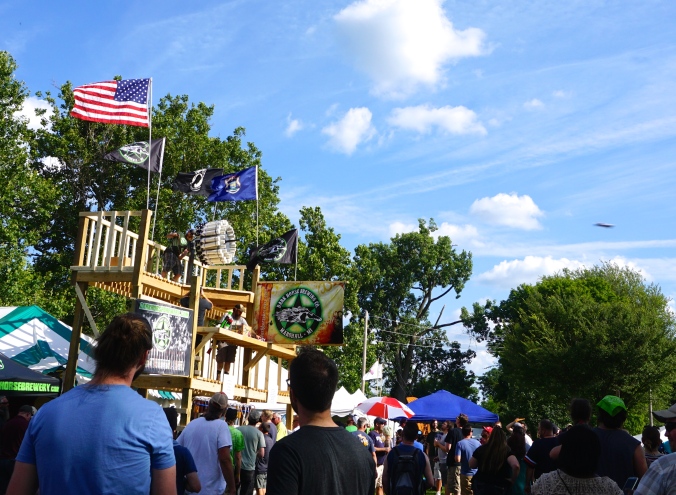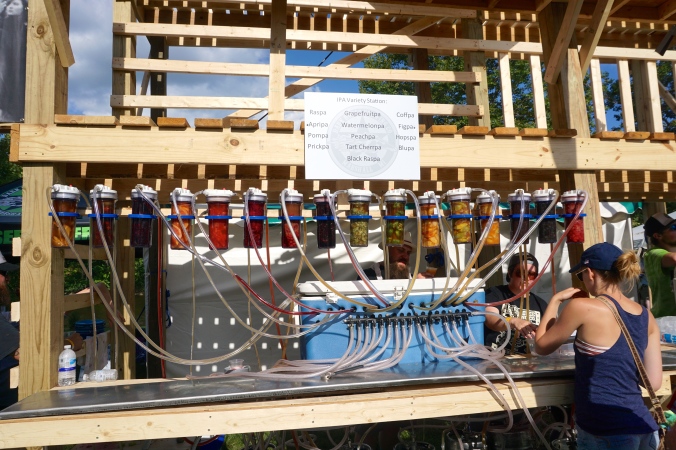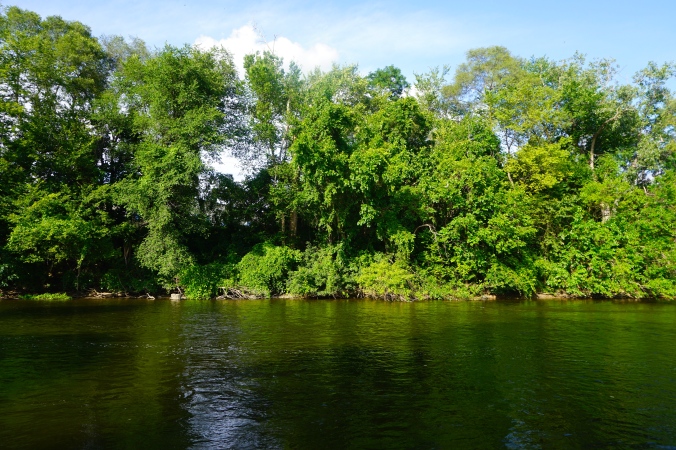This past weekend was witness to the Summer Beer Festival, the annual showcase of Michigan’s brewing splendor. Dozens of breweries brought out batches of beer, from classics we know and love, to inspired innovations meriting a MacArthur Fellowship. There was an embeerrassment of boozes. Dark Horse Brewing Company, from Marshall, MI, put on quite the show:
Besides towering over the bacchanal hordes, the Dark Horse beer fort also offered IPAs infused with pretty much anything that might pair well with hops. They even steeped habañero peppers in one, and it was maximally boss.
Having sampled only a small part of rich the smorgasbord on tap, a rest by the river was in order. The Festival was on the banks of the mighty Huron River, an excellent place to sit and sip Arcadia‘s scotch ale, taking in the evening under cloud-peppered, cerulean skies. Such a calm and relaxing setting would surely offer respite for a brain besieged by bones. Right?
Wrong! Peering through beer goggles over the shimmer of the river, seeking signs of Bigfoots lurking on the opposite shore, I locked eyes with a large, wooden vertebral body.
The human spine is composed of anywhere from 31-34 vertebrae (not counting the coccyx or tail bone). The body or “centrum” is the large, blocky portion of the bone, which is separated from other such bodies by intervertebral discs; it is literally a pile of bodies, stacked one on top of the other. And the intervertebral discs are remnants of the notochord, the embryonic structure that unites you and me and all other humans with all other animals known as chordates. Anyway, kiss my grits if this old tree stump across the mighty Huron River here doesn’t look like a lower thoracic or upper lumbar vertebral body, the metaphoric shark fin of a giant trunkless human waiting to pounce from the placid waters.

a) Our mystery river vertebra. b) a lumbar vertebra from White et al. (2012). c) views of the right and front side of the Australopithecus africanus fossil StW H8/H41, modified from Fig. 1 of Sanders (1998).
Thinking on it, our mystery river vertebra doesn’t just look like any old human centrum, it is a ringer for the second lumbar vertebra of StW H8/H41, a series of the 11th thoracic to 4th lumbar vertebrae of Australopithecus africanus from Sterkfontein (see the red arrow in c, above). Sanders (1998) notes that this short segment of an early hominin spine shows clear adaptation to walking upright like we humans do today, although the size of the vertebral bodies is both absolutely and relatively small compared to ours, just as is seen in other Australopithecus fossils.
And what better way to celebrate this monumental discovery than returning to the Beer Festival – hooray beer!



